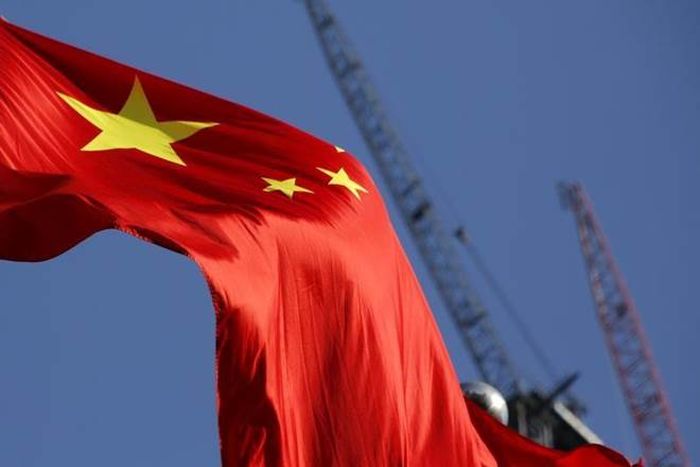Living in a world awash in violent conflict is certainly not a very pleasing thought. Given that the tradition of hatred and capacity for destruction are expanding and surging, and conflicts are playing out in an era when the ability to destroy life and property is without limit. No wonder than that in the early years of the twenty-first century, some three dozen active conflicts were underway and most of these are still raging. As for the tragedy and destruction caused by conflicts, those of the last years of twentieth century alone are estimated to have taken in excess of six million lives, displaced more than thirty-five million people from their homes and livelihoods, and cost untold zillions in terms of money. As a result of conflict, even today several states have more than a million internally displaced persons.
Conflicts do not spring up in an instant, like a sudden storm, but can be seen forming in their early stages to progress and evolve to higher stages of complexity and severity. In an era of instant communications, those controlling communication superhighways often know before even the victims do that they will be victims. In other words, predicting and understanding the contours and dynamics of conflict are, after all, not as difficult as the governments would want people to believe it is. Armed with a little bit of hindsight and common sense together with the wherewithal that governments have at their disposal, violent conflicts could easily be controlled if not completely done away with. However, the unfortunate reality remains that more than the human life and property, it is the political interests that are prioritized by the governments with the military industrial complex too being only a co-actor concerned with safeguarding its own economic and strategic interests. This is indeed one of the reasons behind protracted conflicts dragging on and on for decades with affected populations experiencing repeated cycles of violence.
Kashmir serves as a classic example having all the ingredients that a protracted, intra-state internationalized, resource and ethno-nationalistic war could have. And as much as the elements within, the factors without too are as complex. It has been and continues to be on the United Nations’ agenda pending world-body’s final arbitration, all major super powers including US, erstwhile USSR, and China have historically used it to leverage (milk to their advantage) India and Pakistan, and it has been projected as the possible trigger if not the ultimate destination of a possible nuclear war in South Asia. Add to it the factors owing to its strategic location on the fault-lines between South- and Central Asia, it should not be hard to comprehend why this place has been reeling under repeated phases of confrontational complexity.
At a time when water is becoming major source of internal as well as international conflict, a place like Kashmir with limitless resources of water, is bound to be in the eye of the storm. This is exactly what is happening here. Irrespective of what India and Pakistan or for that matter other international players and actors say, it is difficult for Kashmir to break the conflict trap unless there is an urge for the same from within. Such an initiative has to come from the people of Kashmir. They will have to understand various complexities involving the place and accordingly maneuver and prioritize their options by placing their interests ahead of those of the others – India or Pakistan. This will not only minimize physical and material costs of conflict but also manage a better share of progress and prosperity for them. People of Jammu and Kashmir will have to think like India and Pakistan do – as state and the people and not as their or someone else’s surrogate.




